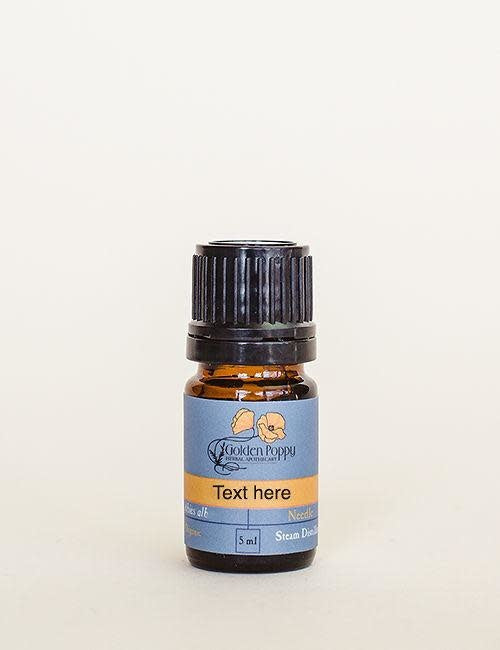Ginger essential oil, Organic CO2, 5. ml
Ginger essential oil, Organic CO2, 5. ml
Couldn't load pickup availability
GINGER ESSENTIAL OIL, ORGANIC CO2 EXTRACTION 5ML
- Botanical Name: Zingiber officinale
- Process: CO2 Total Extract
- Origin: Indonesia, Nigeria, India
- Plant Part: Rhizome
- Cultivation: Certified Organic (NOP)
- Use: Aromatherapy / Natural Perfumery
- Note: Middle note
- Aroma: Rich, very deep, warm, spicy; more full and complex than steam distilled Ginger.
- Bottle Size - 5mL
OVERVIEW
The aroma of our Ginger CO2 extract is very warm, spicy, and more complex than the aroma of distilled ginger and smells just like a fresh and alive ginger root. It is a deep brownish-red oil and is very strong, so it is best to use low amounts in dilution. We find that the CO2 extracts of the spice oils are preferable in aroma to the more commonly available steam-distilled oils, being that their energetic and vibrant aroma is true to that of the fresh plant material. Ginger is a well-known spice used extensively in food preparation, traditional and herbal medicine, as well as in aromatherapy and perfumery. For skincare, the milder distilled (essential) oils of Ginger are recommended, rather than the more pungent and very concentrated CO2-extracted Ginger oils.
Zingiber officinale is native to the tropical coastal locales of India and is cultivated in most tropical and subtropical regions, including Jamaica, southwest India, Indochina, Sri Lanka (formerly Ceylon), West Africa, south China, south Japan, and Central America, with smaller crops grown in Madagascar, Zanzibar, Indonesia, northwest Australia, Haiti, Dominican Republic, Cuba, and other areas of the West Indies. It is considered one of the oldest and most important spices, according to Ernest Guenther, who cites Hoffmann when he states that it was, known to, and highly esteemed by, the ancient Greeks and Romans who obtained the spice from Arabian traders via the Red Sea."
Ginger is used for digestive issues, like indigestion, constipation, diarrhea, and nausea; as a sexual tonic for impotence; and, as an expectorant for chronic bronchitis. It is employed as a circulatory stimulant to address cold hands and feet, cardiac fatigue, and angina pectoris, while also being beneficial for muscle pain, joint pain, colds, flu, prevention of morning sickness in pregnancy, motion sickness, and post-operative or chemotherapy-induced nausea. In 2007, a study was published by BioMedCentral.com where it was reported that, ginger root (Zingiber officinale radix Roscoe) and its main poly-phenolic constituents (gingerols and zerumbone) have anti-oxidant, anti-inflammatory, and anti-carcinogenic activity, and that, the use of dietary agents such as ginger may have potential in the treatment and prevention of ovarian cancer.






